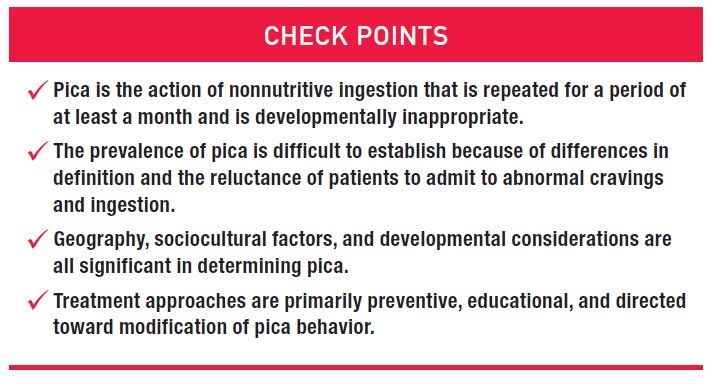
The November death of an Israeli fashion model whose weight had dropped below 60 lb was chilling even in a world that prizes rail-thin models as an ideal of feminine chic. Social critics have long blamed the fashion industry's use of such models for inspiring teenagers and young women to engage in extreme dieting. But at the recent Annual Meeting of the California Psychiatric Association, in Huntington Beach, eating disorders expert Walter Kaye, MD, reminded attendees that the causes of anorexia nervosa (AN) relate more to genetics and neurobiology than to size-zero models on catwalks.1







